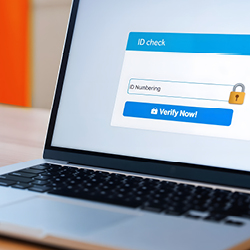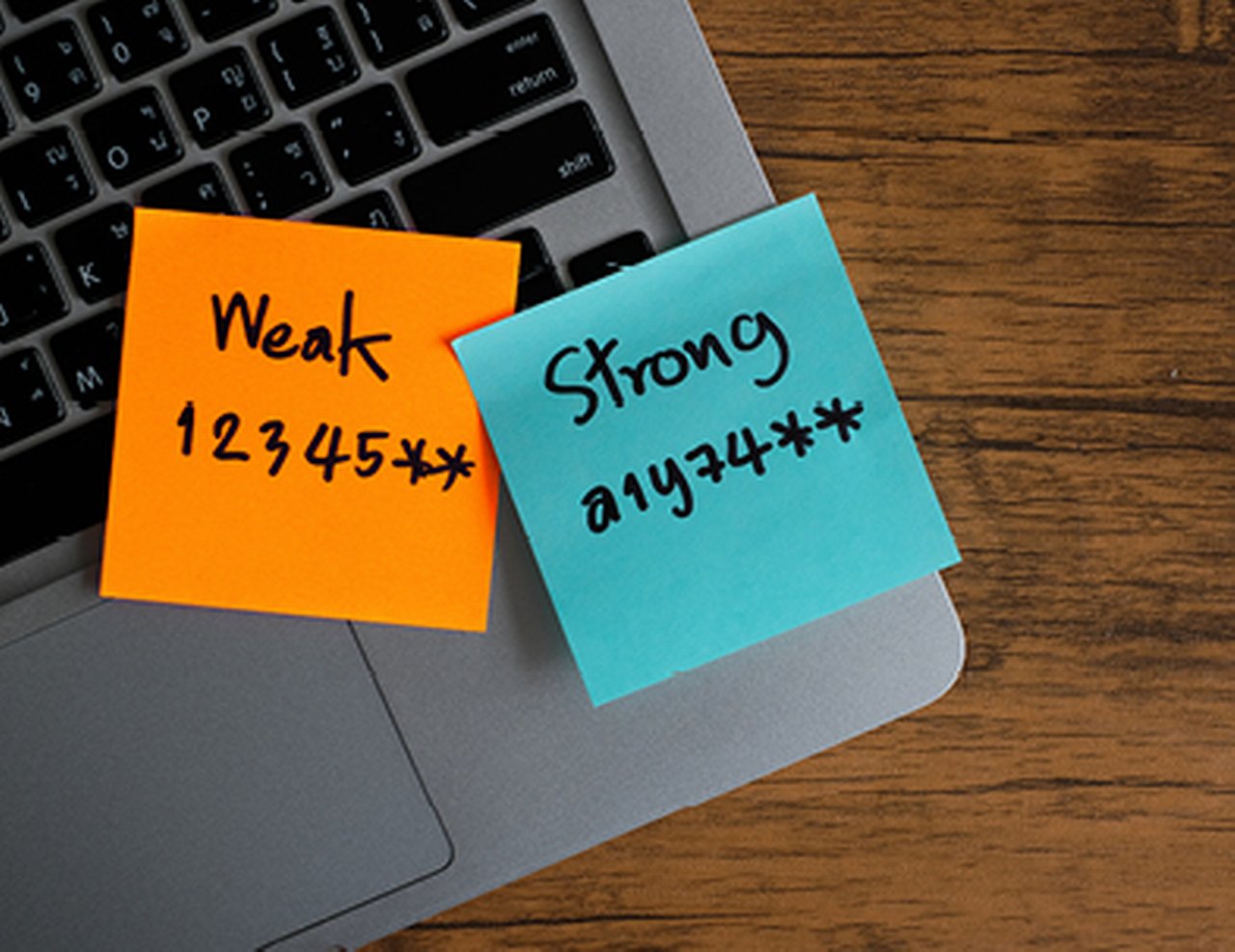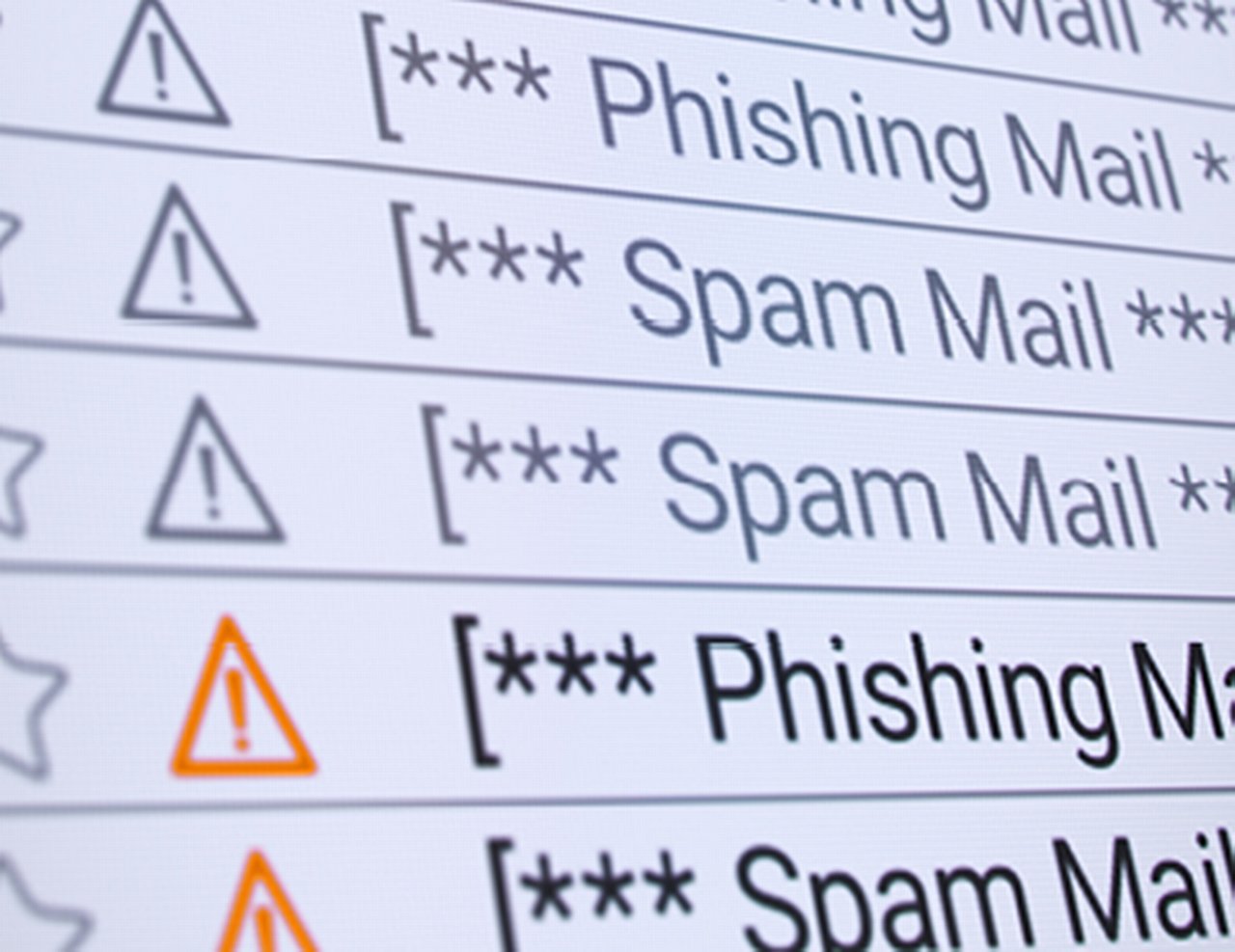A username and password alone are often no longer sufficient to securely protect your user accounts. If these credentials fall into the wrong hands, cybercriminals have an easy time accessing your accounts.
With multi-factor authentication (MFA), you rely on significantly stronger protection: after entering your credentials, you are required verify your identity in an additional way. You only gain access when this verification is successful. Your data remains better protected because simply knowing your credentials is not enough.
In the following article we will show you how MFA works and how to use it correctly.
Key points:

MFA significantly increases the security of your user accounts by requiring an additional proof of identity besides the password.

The additional protection factor makes it much more difficult for cybercriminals to access your data.

Using secure MFA methods such as authenticator apps or biometrics effectively helps protect your personal data.
What is multi-factor authentication?
Multi-factor authentication combines two or more different factors:
Possession factor:
something only you have (e.g. smartphone, security token)
Inherence factor:
something inherently linked to you (e.g. fingerprint, face, voice)
Identity verification through these factors complement each other and make it significantly harder for cybercriminals to access your data.
Advantages of multi-factor authentication
- Increased protection: even if your credentials are stolen, your user account remains reliably protected by the additional factor.
- Protection against cyberattacks: MFA makes it significantly harder for criminals to gain access to your data or systems.
- Trust building: secure authentication strengthens trust in digital services – both privately and in the professional environment with business partners and customers.
- Easy integration: modern MFA methods such as authenticator apps or biometrics can be comfortably integrated into everyday private and work life.
- Adaptability: depending on the need, different authentication factors can be combined to optimize individual security.
Tips for the safe use of multi-factor authentication
Immediate action on suspicious approval requests
Change your password immediately if you receive an approval request or a one-time code on your smartphone without having logged in recently. This could mean that your credentials have been compromised and criminals are attempting to log in with them.
Pay special attention to the following signs of fraud attempts:
- Fatigue attacks: you receive a flood of approval requests in quick succession, asking you to confirm by tapping a button that it was you who logged in.
- Psychological manipulation: you are called or contacted in another way by someone asking you to enter a one-time code they provide into an approval request that appears in your authentication app.
Protection against SIM swapping
SIM swapping is a fraud attempt where criminals take over your phone number to intercept one-time codes sent via SMS for authentication. Protect yourself:
- Only share your mobile number in trusted contexts.
- Secure your SIM card with a strong PIN.
- Protect your account with your mobile provider using strong passwords and MFA, if possible.
- Learn about protection mechanisms from your mobile provider.
Use secure MFA methods
Choose methods based on push notifications or biometric verifications. Applications like Google Authenticator, Microsoft Authenticator, or Authy offer additional security compared to SMS-based codes.
Why is multi-factor authentication important?
Cybercriminals increasingly use phishing attacks, malware, and social engineering to obtain credentials. Even strong passwords do not offer complete protection. Implementing MFA significantly reduces the risk of successful attacks and is an important measure to secure personal and professional data.
Commonly used MFA methods

Authenticator apps: generate time-limited one-time passwords (TOTP)
Hardware tokens: physical devices that generate codes
Biometrics: fingerprint scanners, facial recognition, or iris scanners
Push methods: app-based approvals of login attempts with a click
What to do in case of emergency?
If you suspect that your password has been compromised, or you receive unexpected authentication requests:
- Change your password immediately.
- Check your user account for unauthorized login attempts.
- Contact your service provider's support if necessary.
Frequently asked questions about MFA
Show content of How does multi-factor authentication work?
Multi-factor authentication combines at least two different factors to verify your identity: knowledge (e.g., password), possession (e.g., smartphone), or inherence (e.g., fingerprint). Only when all factors are successfully confirmed do you gain access.
Show content of When should I use MFA?
You should use MFA wherever sensitive or personal data needs to be protected – especially for email accounts, online banking, cloud services, and professional applications.
Show content of How can I protect myself from attacks on MFA?
Use secure authentication methods like authenticator apps instead of SMS codes, secure your SIM card with a strong PIN, and treat your credentials with absolute confidentiality. Never share your mobile number carelessly.



